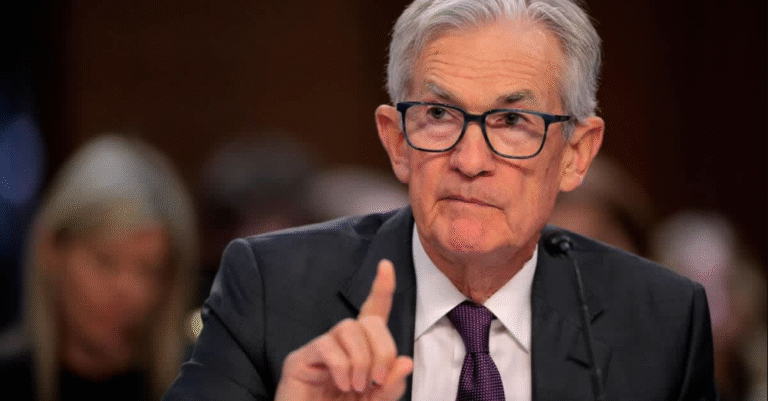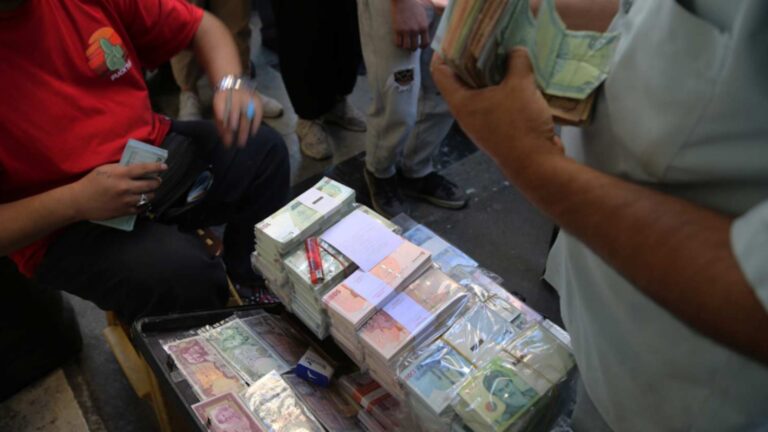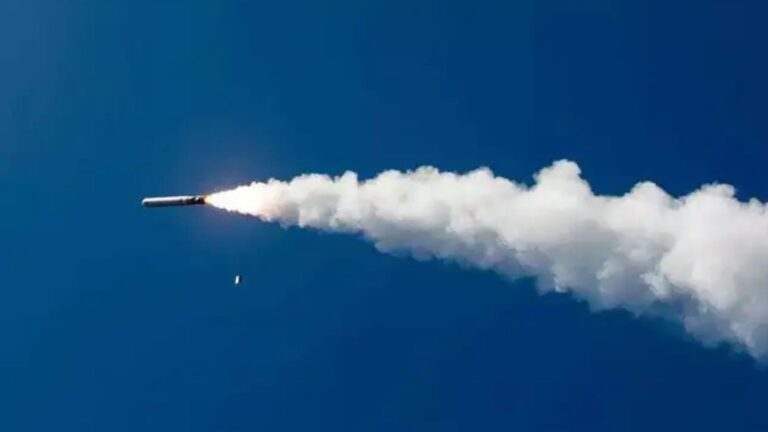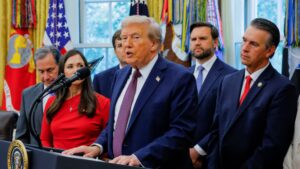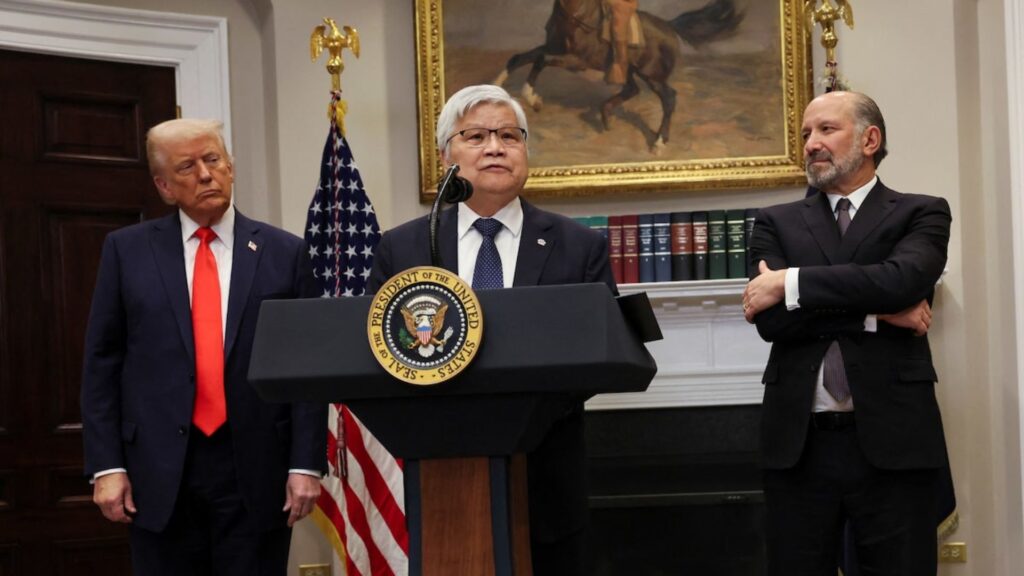
BYLINE: By The Kaipher Editorial Team | September 05, 2025
WASHINGTON, Sept. 5, 2025 – President Donald Trump declared that his administration will impose substantial tariffs on semiconductor imports from any manufacturer that fails to establish or expand U.S. production facilities, aiming to strengthen domestic supply chains and reduce strategic vulnerabilities. Companies committing to build or plan fabs in America—such as Apple, Intel, Samsung and TSMC—will be exempt from the levy, according to White House officials.






